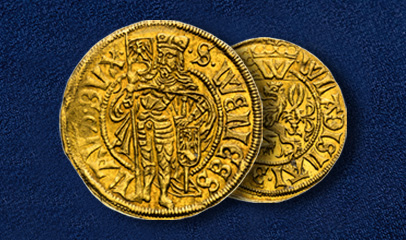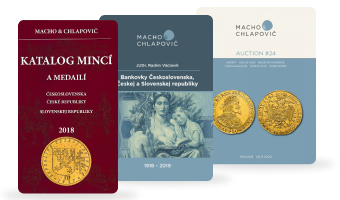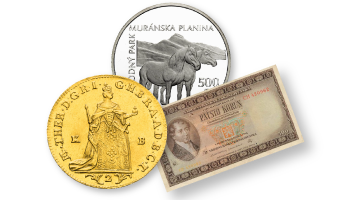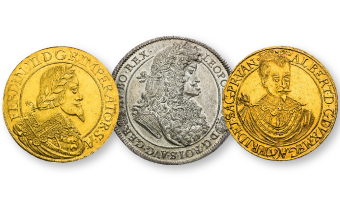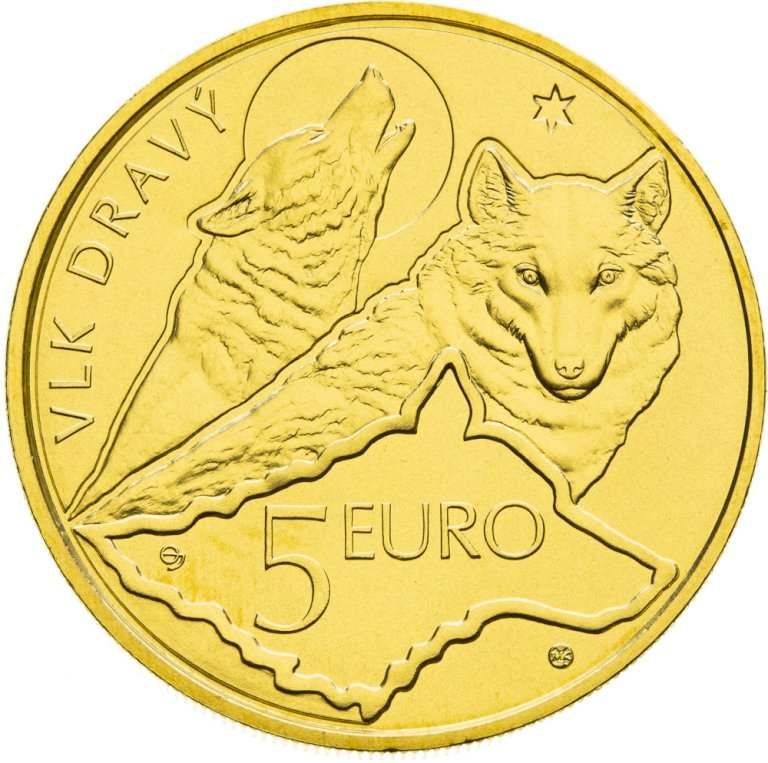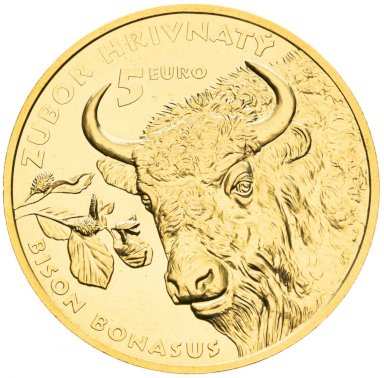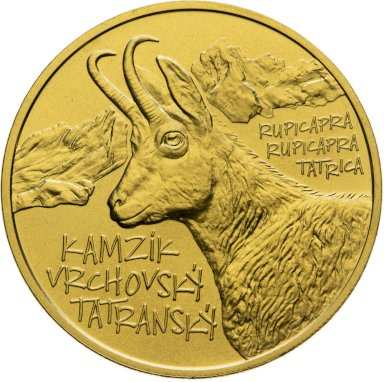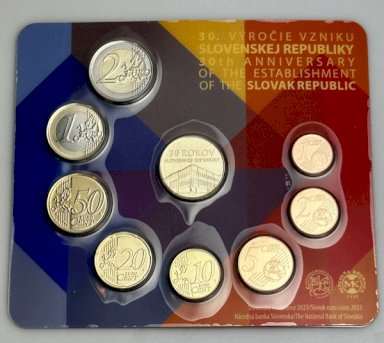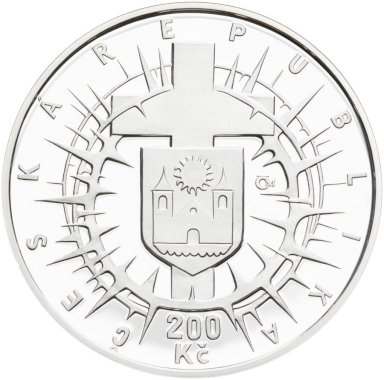Slovak Republic after 1993
5 Eur 2021 - Vlk Dravý
In warehouse: Bratislava
6,00
Nominal
Euro
Mint
Kremnitz
Weight
19.10 g
Year
2021
Quality
BK
Metal
Mosadz
Diameter
34.00 mm
Author
Josef Oplištil
Product code
SRZS-053
Category
Coins and medals
Subcategory
Period after 1918
5 Eur 2021 - Vlk Dravý
Over the millennia of human society’s evolution, wolves have often coexisted with people. During the Middle Stone Age (Mesolithic), wolves began living in the vicinity of prehistoric hunters’ settlements and fed off meat leftovers. Wolves are found in various northern hemisphere habitats and are the second most widespread mammal on earth, after humans. They are a social animal, and their packs typically have between five and seven members. Weighing between 30 and 70 kg, wolves are classified as large carnivores. They have exceptional senses of smell, sight (night vision) and hearing, which they use to prey mainly on large ungulates. The way that wolves relentlessly run down their prey is captured by a Russian saying: “The wolf is kept fed by its feet”. This way of hunting was well applied in the forest-steppe environment where wolves evolved. Their pack structure allows wolves to hunt prey that are several times larger than themselves (such as red deer and elk) and to raise, on average, between four and ten pups each year. Food from the kill is shared between all members of the pack. All the adult pack members help with the care and rearing of the young by bringing them food. Altruism, in other words gratuitous service to others, is seen among wolves in the way they care for injured members of the pack. This feature is characteristic of evolutionarily advanced societies of other mammals: primates and human beings. The number of wolves in Slovakia is currently estimated to be between 300 and 600. Since Slovakia shares its wolf population with Ukraine, Poland and Hungary, it is difficult to give a more precise estimate of the number of wolves present in its territory.




